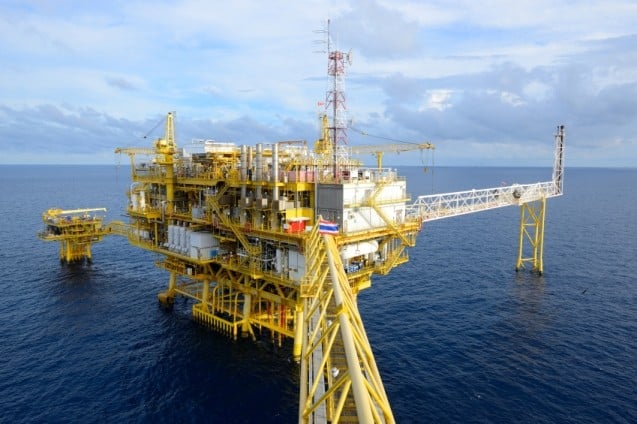The oil and gas industries are growing rapidly. Over the last decade, this industry has witnessed a growth of 27%. Behind this growth, the equipment plays a huge role. When drilling Mining equipment at oil and gas rigs, they have to maintain the quality and safety standards.
The drilling rigs that are used in the oil and gas industry in present days are very complex in structure and also made of many components. Here, we will get some introductory information about the drilling equipment. So, let’s find out more about them.
Drilling Equipment At Oil And Gas Rigs
Offshore and onshore drilling rigs almost have the same pieces of equipment. But when it comes to the effectiveness and capacity, the features of the same equipment vary.
Mast
Derrick or Communication Mast is the tall tower of the drilling rigs. It acts as a lifting device. This is the only structure for the purpose. So, in the absence of this structure, there is no other apparatus that engineers can use to lift the drill string through.
Within the system, the drill string facilitates all the other activities. That is why the mast actually plays an important role. You may think that it does not do much by looking at this, but the reality is totally opposite.
Mud Pump
You can see the purpose of this just by reading the name that it has. It is a huge reciprocating pump, which assists in moving and circulating the fluid, whether it is petroleum or oil, through the rig system.
It distributes the fluid down to the drill string. And after that, under extremely high pressure, it backs the fluid up to the annulus.
Top Drive
The top drive is a particular type of motor, which is suspended from the mast. The role of it is turning the drill string along with it also facilitates the process of drilling a borehole in the ground.
This is the component of the particular drill rig, which moves the mast up and down. The top drive is the perfect alternative to a rotary table. And the reason behind this is, the top drive is capable of drilling longer sections of the drill pipe.
Rotary Table
From the very name, we can say that this is a rotating part of the drilling system. It rotated along with its other constituent parts, which are kelly and kelly bushing, and also drill string, attached tools, and obviously bit.
Kelly Drive
By the look, Kelly drives a tube that can come with a square, hexagonal, or octagonal shape. As I have mentioned earlier, the kelly drive is an integral part of the rotary table, and it is also inserted through the same.
Whenever a rotary table turns it, it is capable of moving freely vertically.
Kelly Hose
It is more like high pressure, but a flexible hose, which connects the standpipe to the kelly. To be a bit more specific, the kelly hose connects the standpipe to the gooseneck on the swivel that is located above the kelly.
Kelly hose facilitates the flow of the drilling fluid down the drill string through the system and also confirmed free vertical movement of the kelly.
Standpipe
It is a thick metal tubing, which is located vertically along with the mast or derrick. Standpipe facilitates the flow of drilling fluid and also has attached to it along with supporting one end of the kelly hose.
Swivel
Swivel is obviously the top end of the kelly. It lets the drill string rotate without twisting the block. So, its primary job is to make sure that the drill string is rotating properly and also the block is not getting twisted.
Conclusion
Before you invest in oil drilling equipment, take a look at the pros and cons associated with it. With that being said, these are the major equipment for drilling at oil and gas rigs. Though the list of equipment is pretty long, as a beginner, you can start getting some basic information about drilling rigs with this list.













